LATVIJA.FM
The Baltic Germans: Their Influence on Latvian History
For centuries, a relatively small yet powerful minority helped shape the destiny of Latvia in ways both visible and invisible. Known as the Baltic Germans, these merchants, landowners, clergy, and intellectuals left a deep imprint on Latvian cities, education, architecture, and law. Their influence can be read in Riga’s skyline, echoed in the Lutheran hymns of the countryside, and felt in the enduring complexities of class, language, and identity. While their legacy remains controversial, it is impossible to understand Latvia’s history without understanding the Baltic Germans.
Arrival from the West: The Origins of the Baltic Germans
The story of the Baltic Germans begins in the early 13th century, with the arrival of crusading knights and German merchants in Livonia — the medieval territory encompassing much of present-day Latvia and Estonia. Initially coming as conquerors and missionaries during the Northern Crusades, they established fortified castles, walled towns, and trade hubs along the Daugava River. Over time, these settlers did not assimilate but formed a distinct ruling class, separate from the native Latvian-speaking peasantry. The cities they built, such as Riga and Cēsis, became strongholds of German civic life.
Land and Privilege: A Feudal Order
From the late medieval period into the 19th century, the Baltic Germans were the unquestioned elite of Latvian society. As landowners and barons, they controlled vast estates and wielded immense influence over the predominantly Latvian peasantry. Their manor houses dotted the countryside, and their privileges were legally enshrined under Swedish, Polish-Lithuanian, and later Russian rule. While some were enlightened reformers, many upheld a rigid social order that preserved their dominance. The serfdom they oversaw was only abolished in the early 19th century — making the memory of their rule a bitter one for many Latvians.
Riga and the Urban Imprint
The Baltic Germans did not merely rule the land — they built the towns. Riga, in particular, bears the architectural and cultural stamp of its German-speaking elite. From Gothic churches to ornate guild halls, the city's historic center owes much of its layout and charm to the Hanseatic urban vision brought by German burghers. German was the language of education, commerce, and law for centuries in Riga. The city’s oldest schools, theatres, and scientific societies were founded by and for Baltic Germans — including the renowned Riga Polytechnical Institute, the precursor to today's RTU.
Culture, Faith, and Education
The German Lutheran tradition, with its emphasis on literacy and music, played a pivotal role in shaping spiritual and intellectual life in Latvia. Many Latvian peasants were baptized in Lutheran churches led by German pastors, and the German language dominated the pulpit and schoolroom well into the 19th century. Yet it was also through Baltic German scholars — such as Garlieb Merkel and Georg Heinrich Ferdinand Nesselmann — that Latvian folk culture was first studied, written down, and appreciated. Ironically, it was often Baltic Germans who gave voice to Latvian identity, even while remaining aloof from it.
Decline and Departure: The 20th Century
The twilight of Baltic German influence came swiftly in the 20th century. After Latvia’s independence in 1918, land reforms dismantled the manor system, redistributing land to Latvian farmers and ending the centuries-old feudal hierarchy. During the Nazi-Soviet pact of 1939–1940, most Baltic Germans were “repatriated” to Germany in a mass resettlement — many leaving behind estates, churches, and cemeteries that stood as ghostly witnesses to their vanished world. World War II and Soviet occupation further erased their physical and cultural presence, turning former manors into collective farms or ruins.
A Complex Legacy
Today, the legacy of the Baltic Germans is a subject of ongoing reflection. Their role as oppressors, educators, architects, and chroniclers cannot be easily categorized. The very manors Latvians now seek to preserve were once symbols of domination. Yet many of those same structures now house museums, schools, and art centers — reclaiming history for a new purpose. In this sense, the story of the Baltic Germans is not only about loss or nostalgia, but about transformation. It is part of Latvia’s long journey toward forging its own voice from the echoes of many others.
